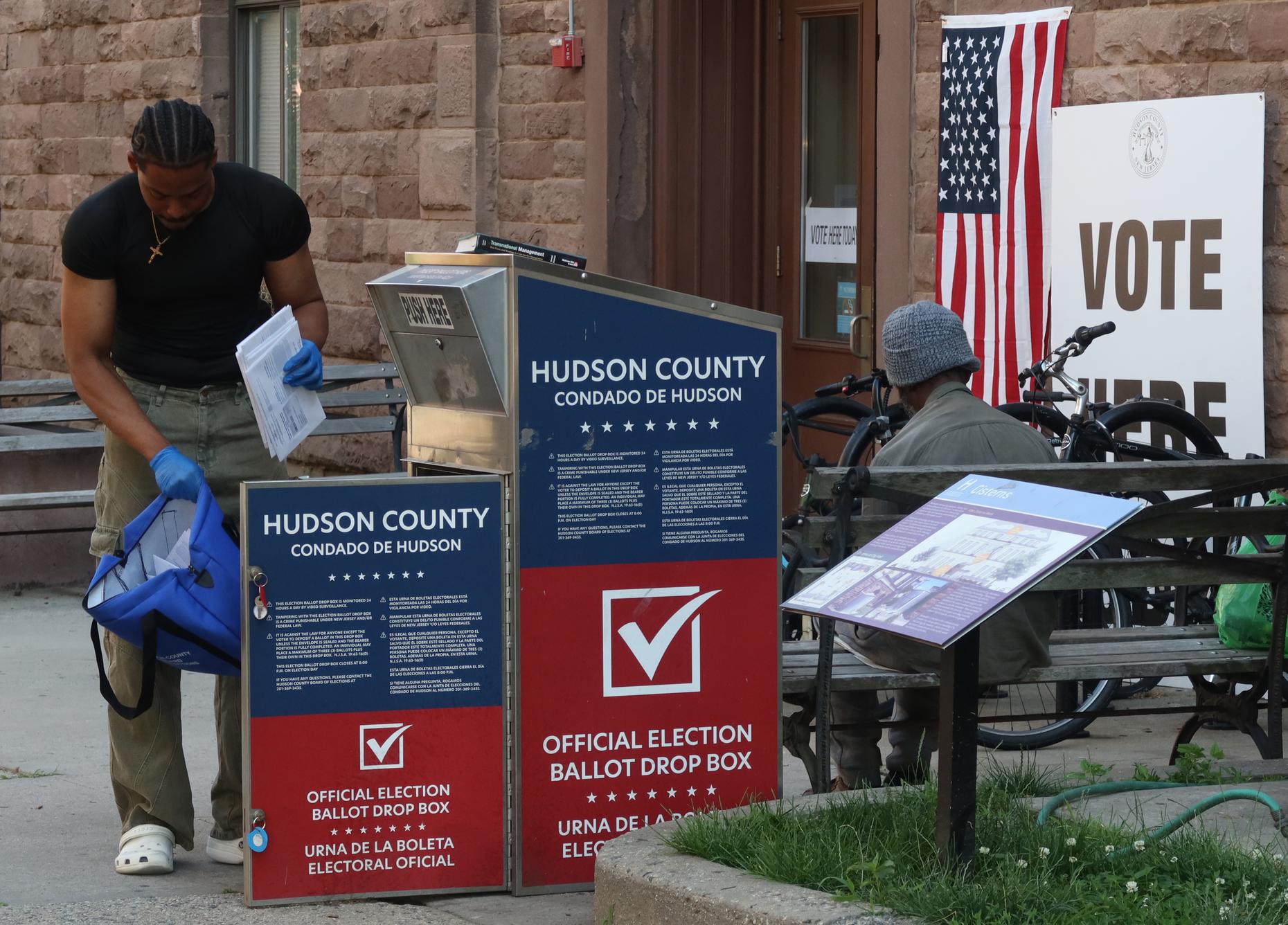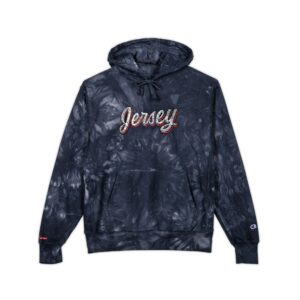With Election Day drawing ever closer, the political currents across New Jersey are undeniably picking up speed. The race for the state’s highest office is front and center, with incumbent forces and determined challengers vying for the hearts and minds of Garden State voters. As the campaigns intensify, we’re seeing distinct strategies unfold, from appeals to local roots to showcasing legislative influence, all against a backdrop of evolving voter sentiment.
Homegrown vs. National Experience: A Core Debate
One of the recurring themes in the current gubernatorial contest revolves around a candidate’s ties to New Jersey. Jack Ciattarelli, the Republican challenger, frequently emphasizes his deep roots in the state, often speaking of a post-political retirement vision on Long Beach Island, specifically Surf City. This isn’t just casual conversation; it’s a deliberate narrative highlighting his local government experience, having served on the Raritan Borough Council and the Somerset County Board of Chosen Freeholders before his tenure in the New Jersey General Assembly from 2011 to 2018. His campaign has directly contrasted this with his opponent, stating, “OUT OF TOUCH – Jon Corzine wasn’t from New Jersey. Phil Murphy wasn’t from New Jersey. And Mikie Sherrill isn’t from New Jersey. That’s why none of them seem to get it.” This messaging attempts to tap into a potential “Murphy fatigue” and position Democratic opponents as out of touch with local issues.
On the other side, Mikie Sherrill, the Democratic candidate, while born in Virginia, has established herself as a significant political figure in New Jersey. As the current U.S. Representative for CD-11, covering parts of Essex, Passaic, and Morris counties since 2019, her campaign highlights her active role in addressing critical state concerns. Her ability to directly engage with federal issues impacting New Jersey, such as advocating for Picatinny Arsenal against potential budget cuts that could impact an estimated 1,000 jobs, demonstrates the unique power of her current office. This allows her to demonstrate immediate, tangible benefits to New Jersey residents, a distinct advantage in the eyes of many voters.
The debate over “insider” versus “outsider” status is certainly not new in politics. In a state like New Jersey, where local identity and community ties can run deep, this argument resonates with some. However, modern demographics show increasing mobility, and a candidate’s birthplace isn’t necessarily a disqualifier for holding public office.
The Dynamics of Association: Who’s Campaigning with Whom?
Beyond direct policy and biographical contrasts, campaigns often delve into the realm of “guilt by association” or, conversely, highlighting advantageous connections. The Ciattarelli campaign has focused on perceived links between Sherrill and figures like Zohran Mamdani, a left-wing Democratic candidate for New York City mayor. This strategy aims to draw ideological distinctions, particularly by connecting Mamdani’s past statements on defunding the police to broader concerns about public safety, even if the direct relevance to New Jersey is debatable.
Conversely, the Sherrill campaign has pointed to Ciattarelli being seen campaigning with Joe Belnome, who was the Republican congressional candidate against Sherrill last fall and has acknowledged being at the January 6th protests. The implication from the Sherrill campaign is that this association reflects negatively on Ciattarelli, despite Belnome denying entering the Capitol and having little political impact in his previous race against Sherrill, where he received 164,556 votes to Sherrill’s 222,583 votes in the 2024 general election in CD-11. Such tactics often aim to energize a campaign’s base or sow doubt among undecided voters, even if the direct connection is tenuous.
The Polls and the Presidential Factor
Polling data consistently offers a snapshot of the race, though interpretations can vary. A recent FDU poll showed Sherrill leading by 8 points, a figure that appears more aligned with the political reality than some earlier surveys. However, another finding from FDU that could be particularly significant for Ciattarelli is the approval rating of the current President in New Jersey. Recent polling from July 2025 indicates that President Trump’s approval rating in New Jersey is around 37%. While Ciattarelli received the President’s endorsement in the primary and has publicly stated the President has been good for New Jersey, this low approval rating suggests a disconnect with a significant portion of the New Jersey electorate.
New Jersey, as a state, tends to lean Democratic in presidential elections, with the Democratic nominee winning 51.97% of the popular vote in the 2024 election to the Republican nominee’s 46.06%. As of October 2024, New Jersey’s voter registration data shows 40.99% of registered voters are Democrats, 30.37% are Republicans, 2.36% are affiliated with third parties, and 26.28% are unaffiliated. This political landscape means that candidates must appeal beyond their core base. Ciattarelli’s challenge will be to nationalize the race on issues he sees as favorable while simultaneously differentiating himself from a president whose approval numbers in the state are lukewarm. Sherrill, meanwhile, will likely seek to leverage the state’s Democratic leanings and any perceived national headwinds against her opponent.
As the campaigns push into the final months, every public appearance, every statement, and every nuanced message will be scrutinized. The journey to the governor’s mansion in Trenton is rarely straightforward, and New Jersey’s political scene is proving to be as engaging and unpredictable as ever.
For more insights into the ever-unfolding political drama in the Garden State, visit: https://explorenewjersey.org/politics/











